Dear Readers,
AI plays a crucial role in our blog, helping us manage our time more effectively to keep the content flowing. While AI assists with content creation, which may lead to occasional spelling or grammar errors, our primary goal remains clear: to deliver meaningful insights to you. For important matters, please consult a specialist.
Thank you for your understanding and support.
Best regards,
Education.com.cy
Summary
Music and visual arts play a crucial role in the holistic development of children. These creative disciplines not only enhance cognitive abilities but also foster emotional and social growth. Music education has been shown to improve academic performance, social skills, emotional well-being, and mental health. It cultivates aesthetic appreciation, critical thinking, and creativity, while also helping to manage anxiety and boost self-confidence. Similarly, visual arts contribute to the development of fine motor skills, visual-spatial skills, and problem-solving abilities. They encourage self-expression, cultural awareness, and emotional resilience.
By integrating music and visual arts into the educational curriculum, we equip children with essential skills and knowledge that prepare them for future challenges. These disciplines provide a balanced approach to education, promoting both intellectual and emotional intelligence. The right guidance and opportunities in music and visual arts can help children discover and nurture their talents, leading to a fulfilling and sustainable career path. Moreover, the ethical use of these arts, considering historical and contemporary perspectives, can positively influence children’s psychology and behavior.
In conclusion, music and visual arts are invaluable tools for character development, value cultivation, and the promotion of mental well-being. Their thoughtful incorporation into a child’s life can significantly contribute to their overall growth and success.
Introduction
Music and visual arts play a crucial role in the holistic development of children. These creative disciplines not only provide a medium for self-expression but also contribute significantly to cognitive, emotional, and social growth. Engaging with music and visual arts from an early age can enhance a child’s ability to think critically, solve problems creatively, and communicate effectively. Moreover, these forms of art foster emotional resilience and social skills, helping children navigate their environments with confidence and empathy. By integrating music and visual arts into educational curricula, we can equip children with the tools they need to thrive in various aspects of their lives, ensuring a well-rounded and enriching developmental experience.
Main Sections
The Role of Music in Child Development
Academic Benefits
Music education can enhance cognitive abilities and improve academic performance. Learning to play an instrument, for example, can improve mathematical skills due to the understanding of rhythms and patterns.
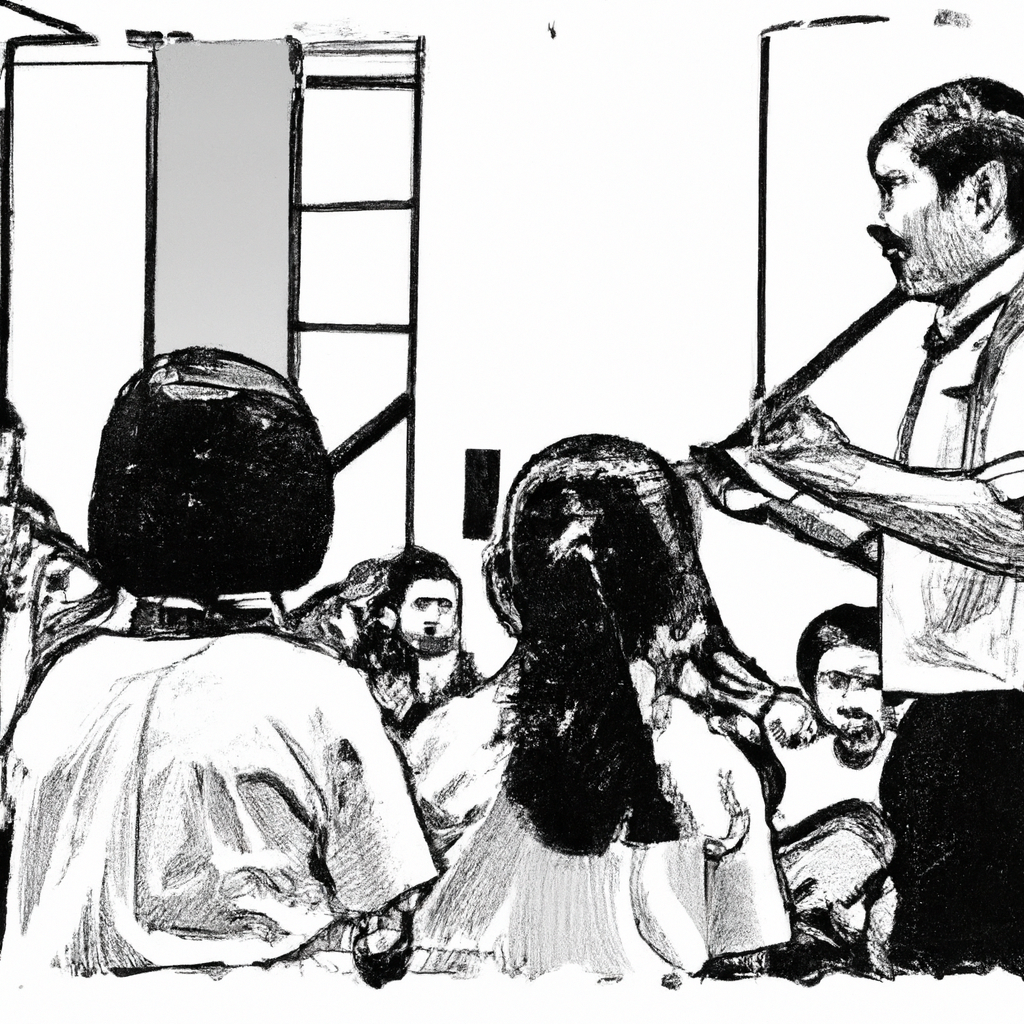
Social Skills Enhancement
Participating in music activities can improve communication, teamwork, and social interaction among children. Group music lessons or choir participation can teach teamwork and cooperation.

Find out how the strategies discussed in the article
"How Teaching a Song Can Improve Your Child’s Learning and Well-Being"can help address internet addiction in children and teens.
Emotional and Mental Well-being
Music has therapeutic effects on children’s emotional health, stress reduction, and self-confidence. Playing a musical instrument can be a form of meditation and stress relief.
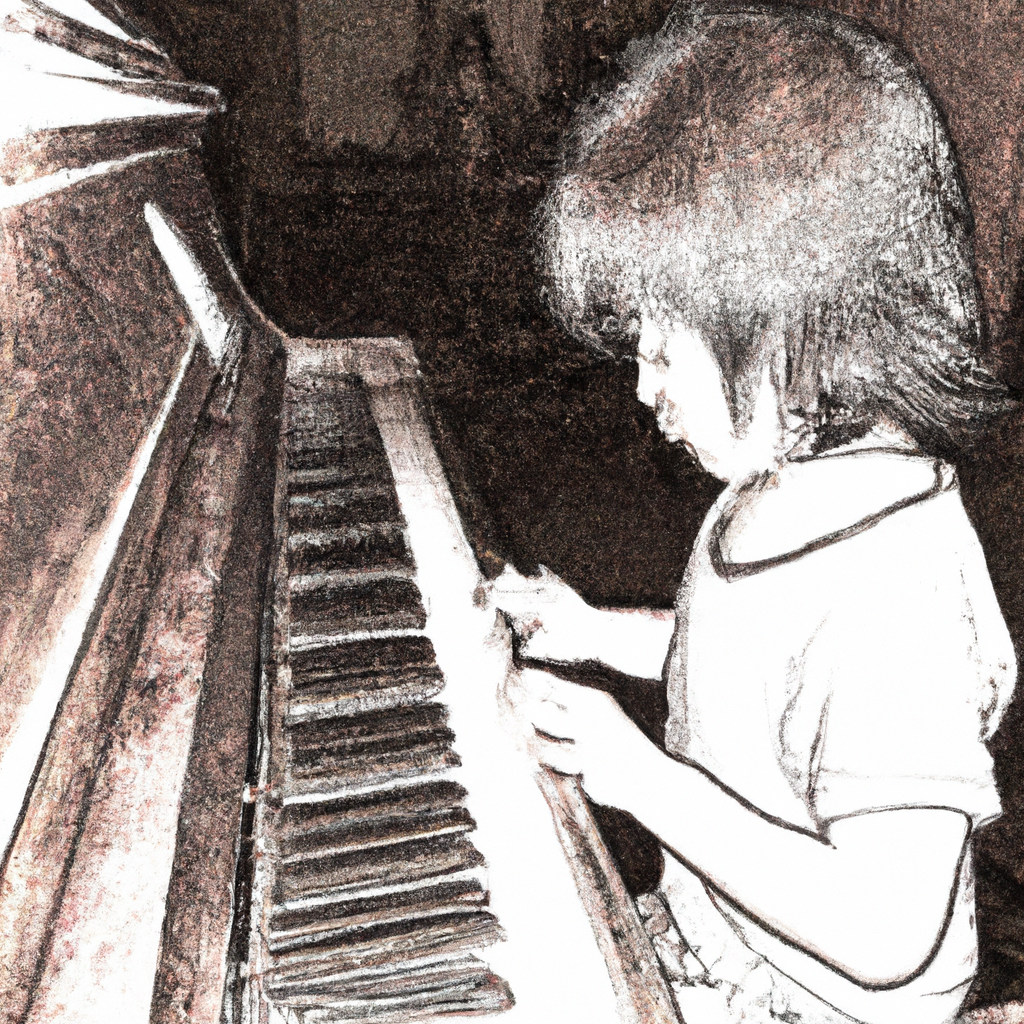
Creativity and Critical Thinking
Music fosters creativity, innovation, and critical thinking skills. Composing music or improvising can enhance creative problem-solving abilities.

The Role of Visual Arts in Child Development
Cognitive Development
Engaging in visual arts can enhance problem-solving skills, spatial awareness, and intellectual growth. Drawing and painting can improve fine motor skills and visual-spatial skills.

Emotional Expression and Regulation
Visual arts help children express and manage their emotions effectively. Art projects can help children express emotions they might not be able to verbalize.

Social Interaction and Collaboration
Collaborative art projects build social skills and foster a sense of community. Group art activities encourage teamwork and communication.
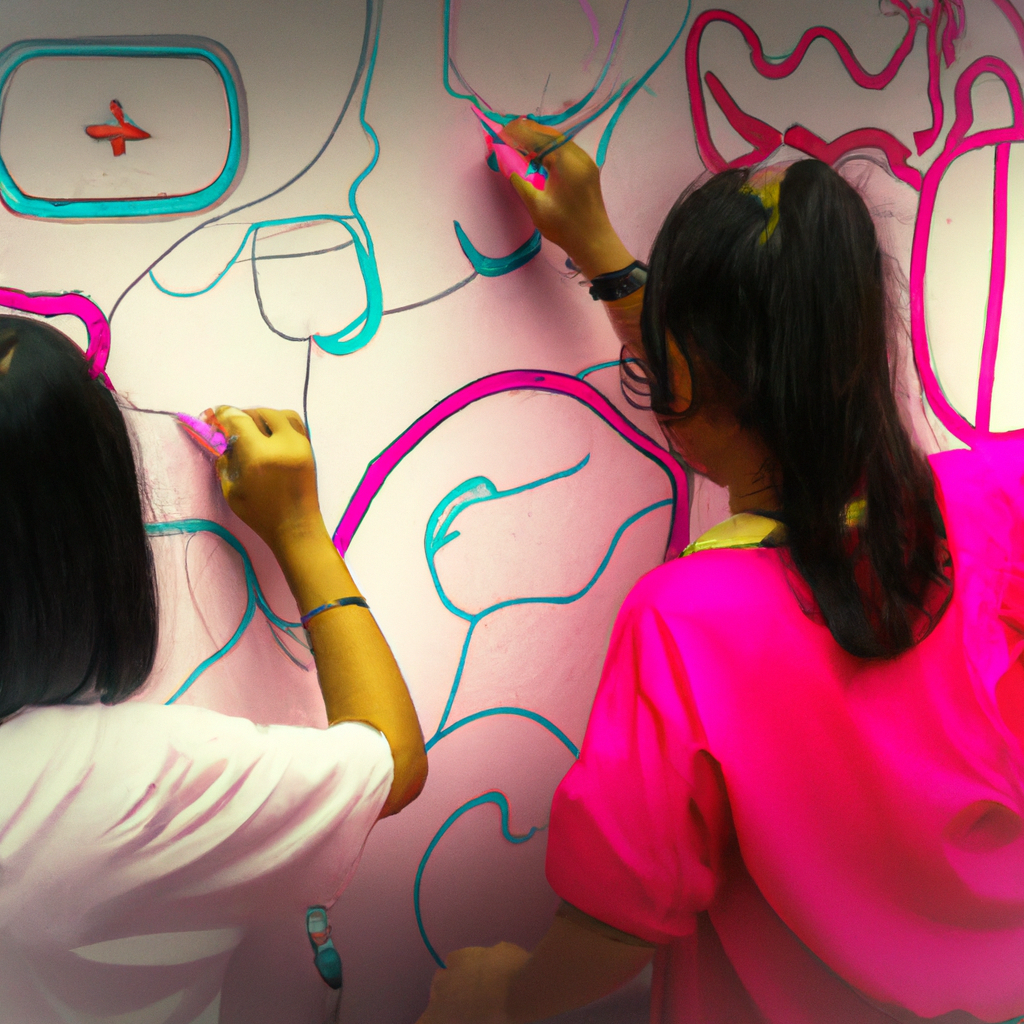
Aesthetic Appreciation and Creativity
Visual arts cultivate an appreciation for beauty and stimulate creative thinking. Exploring various art styles and techniques from different cultures broadens children’s perspectives.
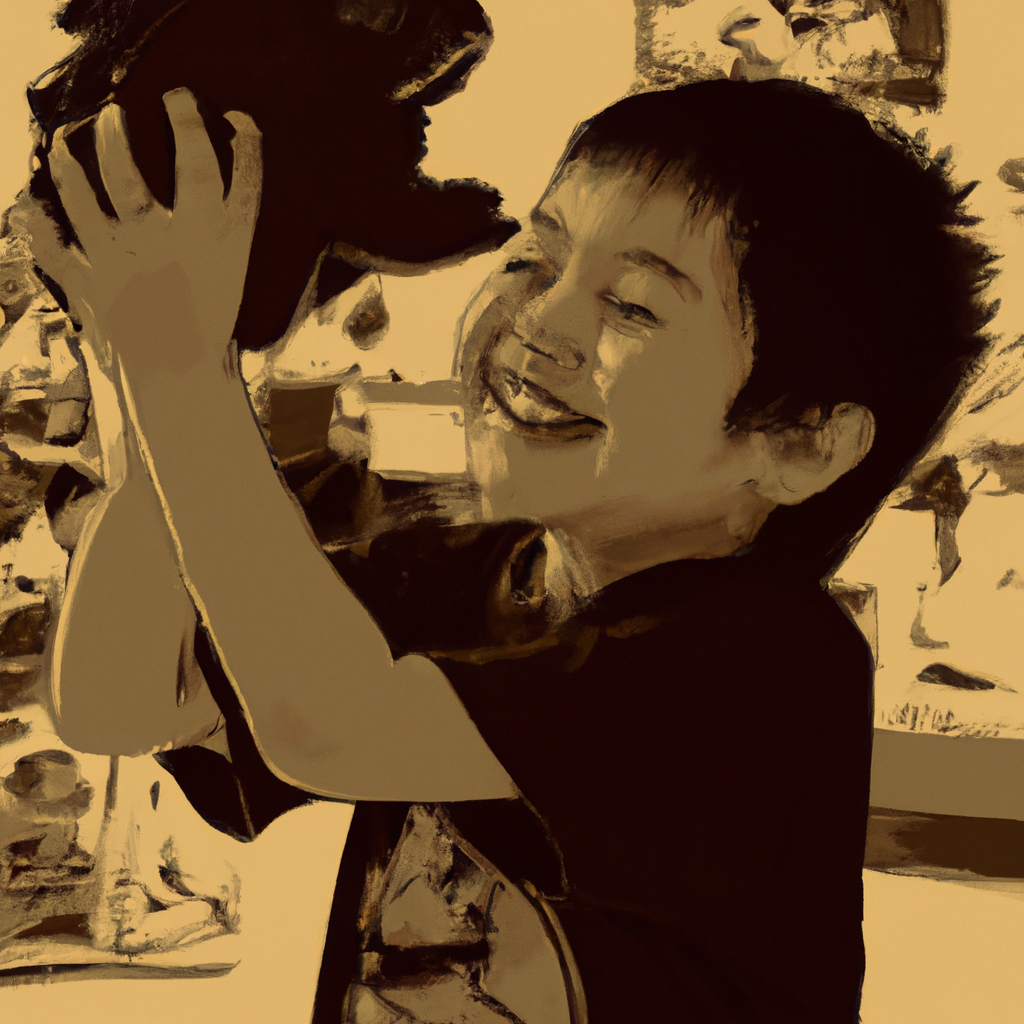
Integrating Music and Visual Arts in Education
Curriculum Design
Incorporating music and visual arts into school curricula supports academic learning and provides a balanced approach to education.

Teacher Training and Resources
Training educators and providing them with the necessary resources to effectively teach music and visual arts is crucial.
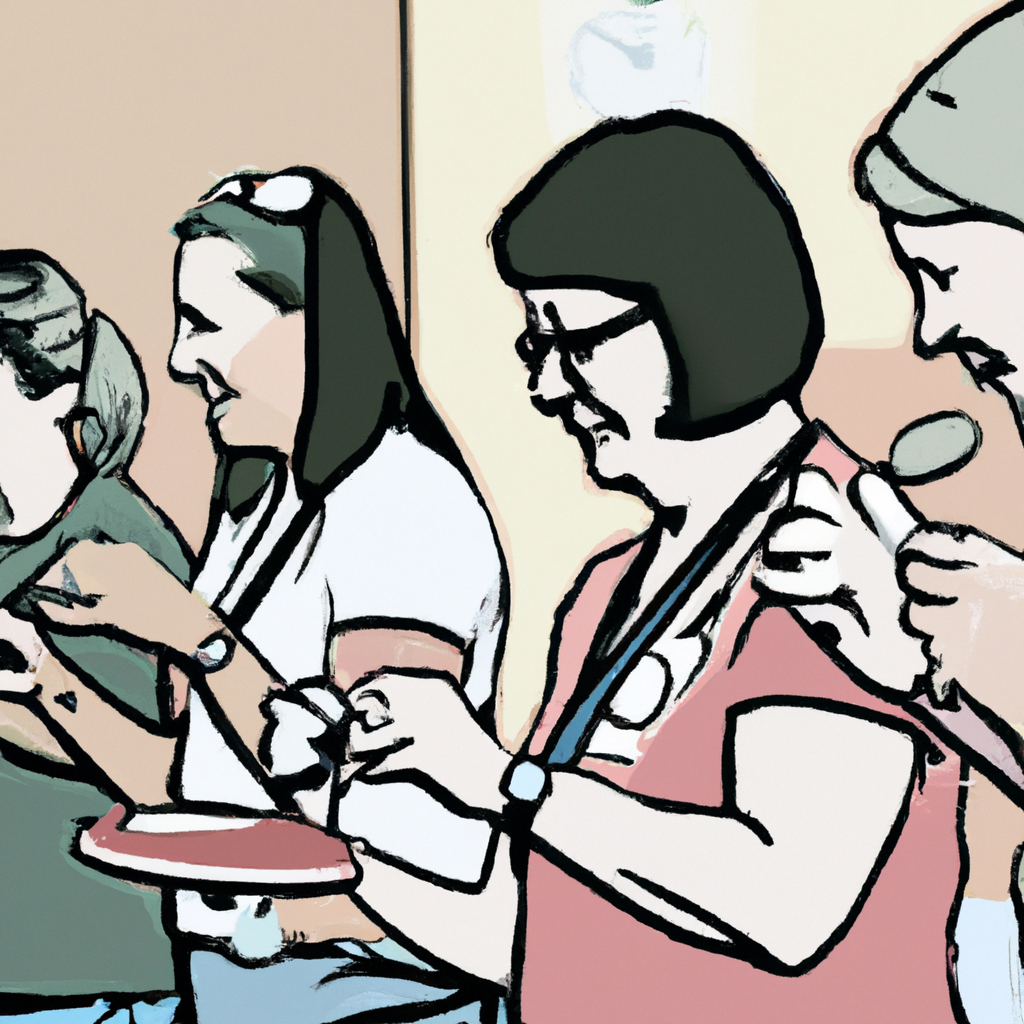
Case Studies and Best Practices
Presenting examples of successful programs and initiatives that have integrated music and visual arts into education can serve as a model for others.

Challenges and Solutions
Balancing Arts with Other Academic Subjects
Integrating arts without compromising other academic areas can be challenging. A balanced approach ensures that all subjects receive adequate attention.
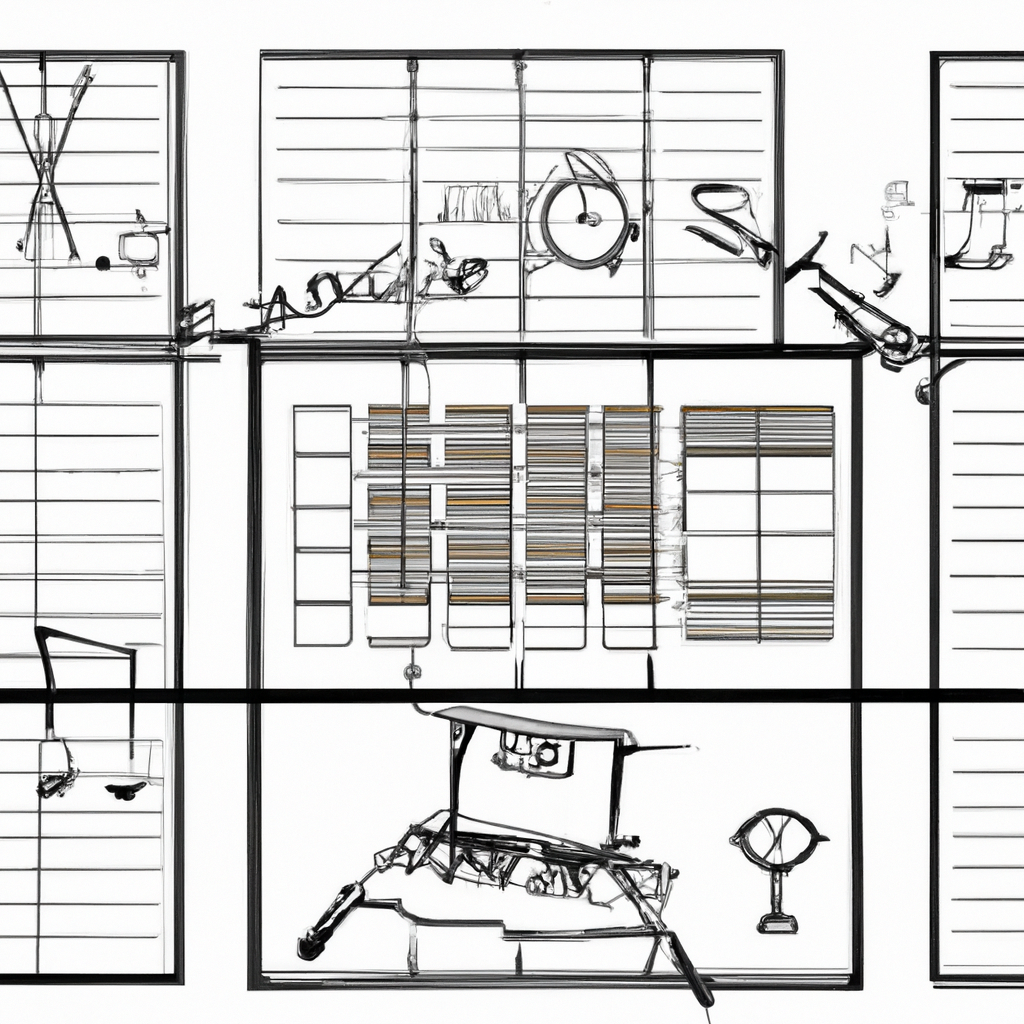
Funding and Resource Allocation
Securing funding and resources for arts education is essential. Proposing solutions for financial challenges can help sustain arts programs.
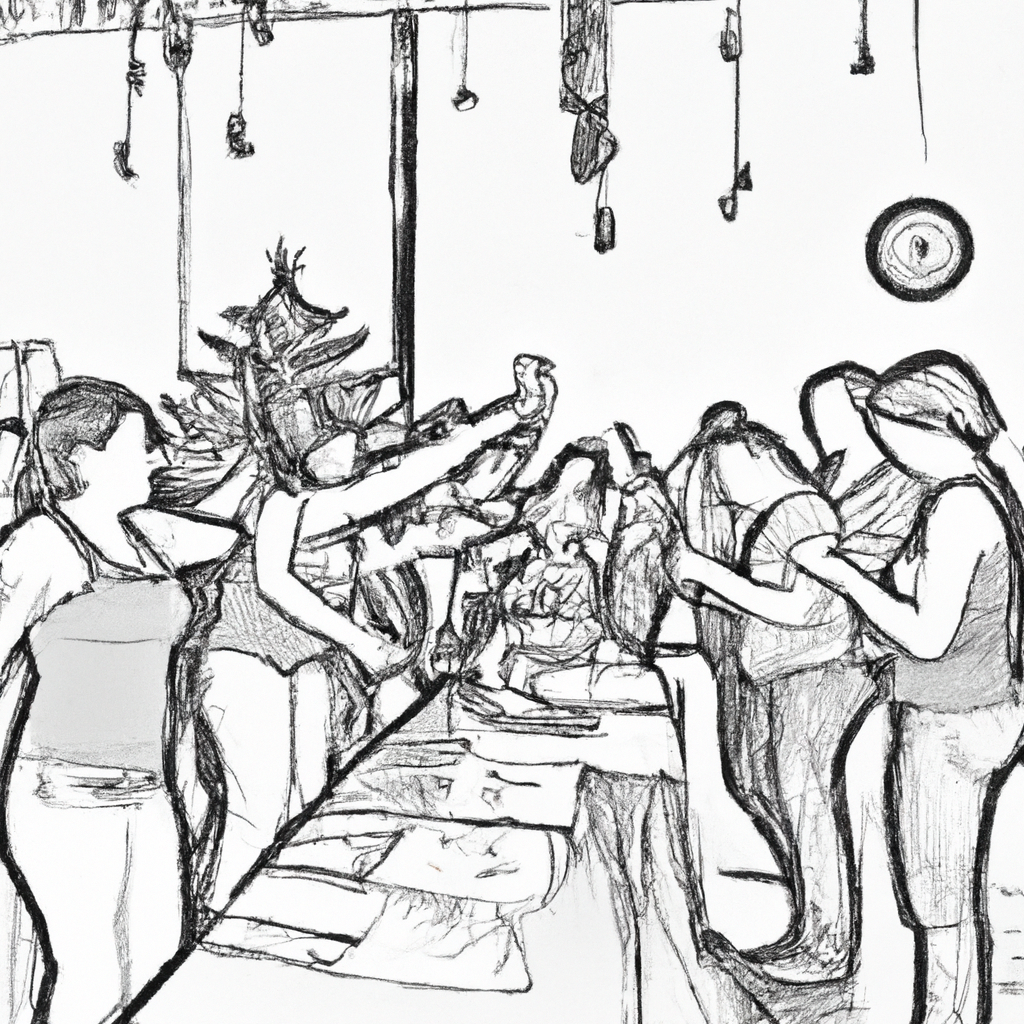
Addressing Diverse Learning Needs
Making music and visual arts education inclusive and accessible to all students is important. Strategies for addressing diverse learning needs can ensure that every child benefits.
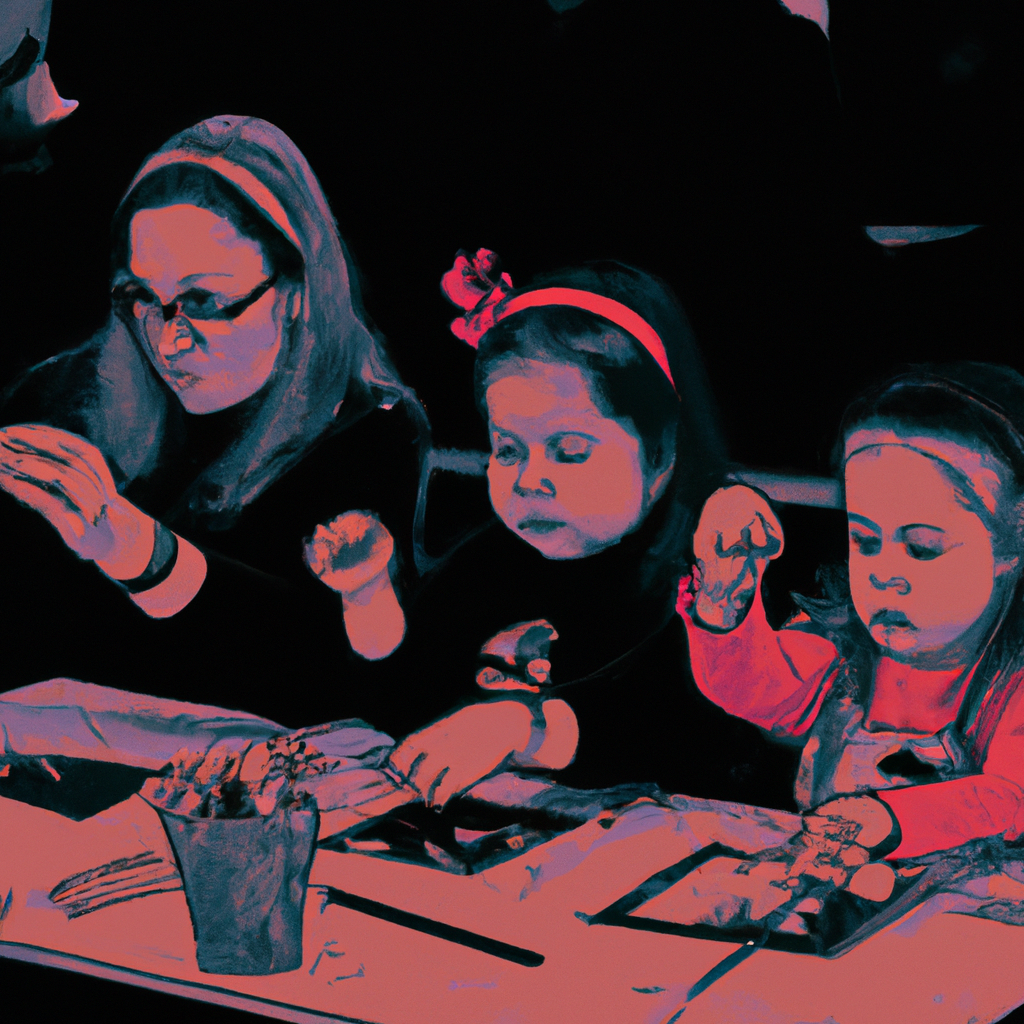
Conclusion
In conclusion, both music and visual arts play a pivotal role in the holistic development of children. These creative disciplines not only enhance cognitive abilities but also foster emotional intelligence, social skills, and overall well-being. By integrating music and visual arts into a child’s education, we provide them with tools to express themselves, think critically, and develop a deeper appreciation for culture and aesthetics. Furthermore, these arts can serve as therapeutic outlets, helping children manage stress and build self-confidence. Equipping children with skills and knowledge in music and visual arts prepares them to harness the power of creativity in a healthy and constructive manner, benefiting them throughout their lives. Ultimately, the thoughtful incorporation of these arts into daily life and education can significantly contribute to the development of well-rounded, emotionally resilient, and intellectually capable individuals.
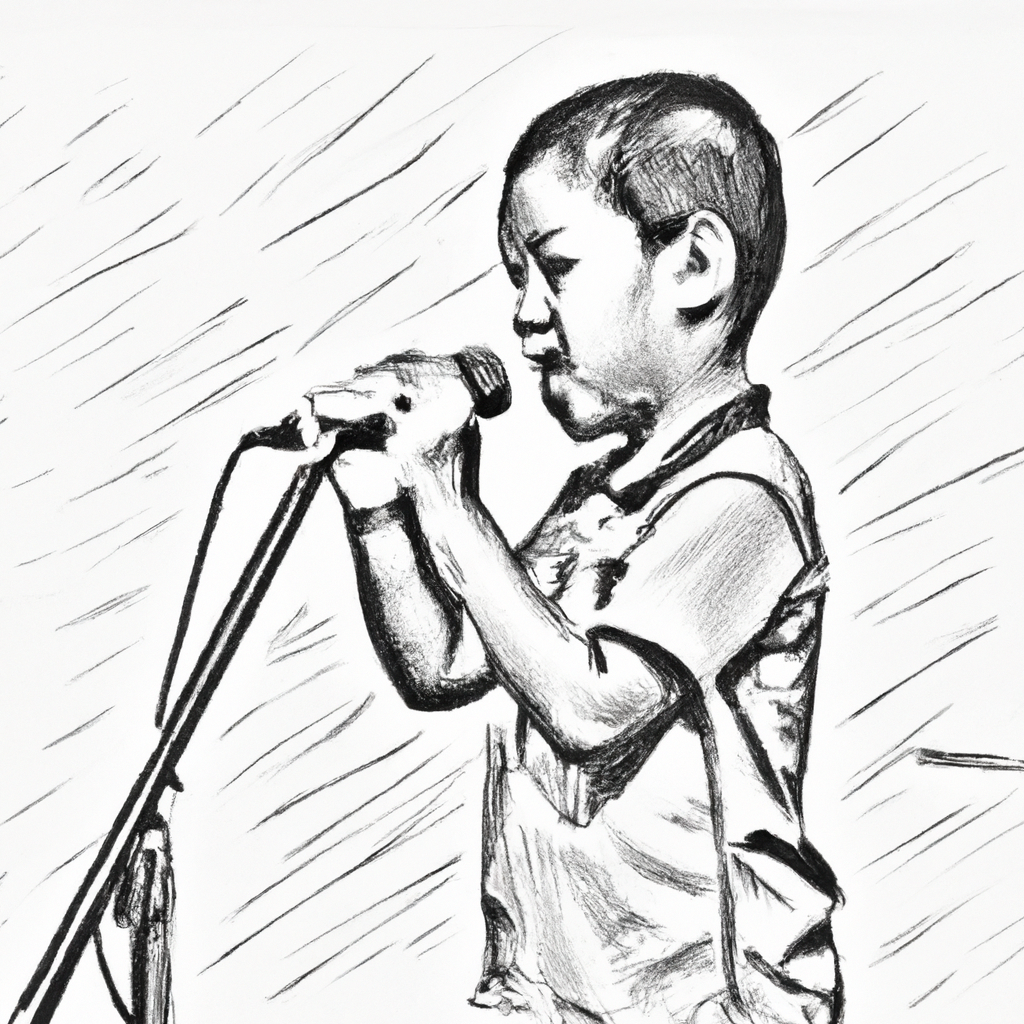
Thank you for reading our article on The Role of Music and Visual Arts in Child Development. We highly value your feedback and invite you to take a brief survey to share your thoughts and experiences. Your responses will be kept confidential.
Subscribe to Education.com.cy
Dear Readers,
Welcome to my blog, where technology, music, and visual arts come together to spark creativity and growth. By subscribing, you’ll become part of a vibrant community committed to exploring and learning in these areas.
Select the type of engagement that suits you best:
Join us and enjoy tailored content and direct support suited to your interests.
Confidentiality Statement: Your responses will be kept confidential and used solely for the purpose of improving our content and resources. We will not share your personal information with any third parties.
